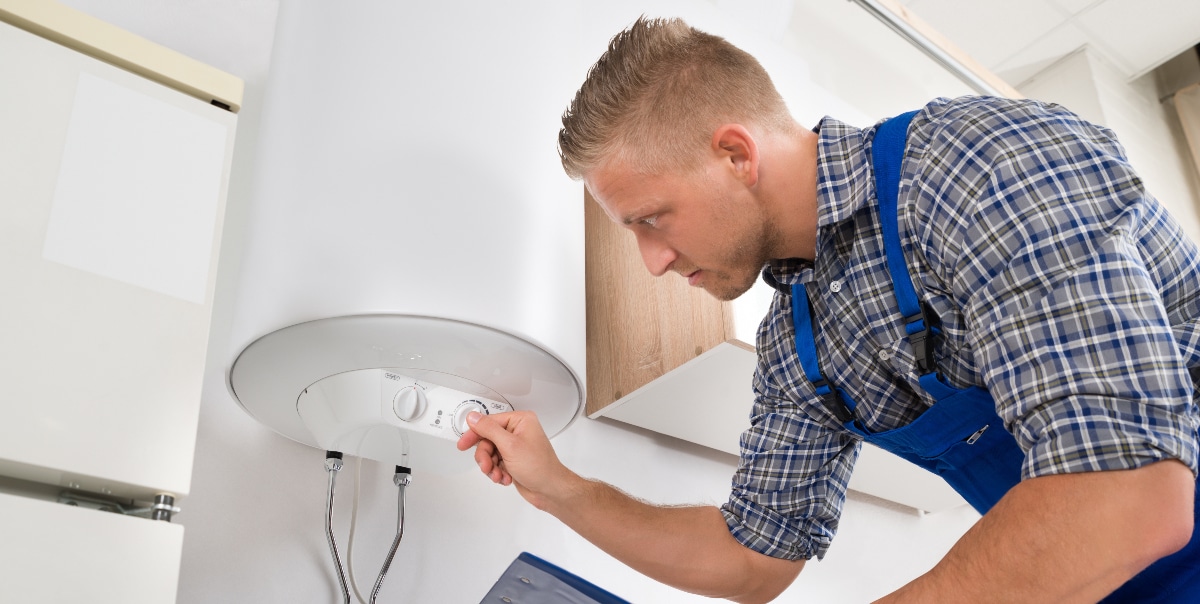How to Extend the Life of Your Home's Hot Water System Through MaintenanceMaking Sure Durability of Your Home's Hot Water System: Maintenance Tips
How to Extend the Life of Your Home's Hot Water System Through MaintenanceMaking Sure Durability of Your Home's Hot Water System: Maintenance Tips
Blog Article
We've encountered the article relating to Tips For Maintaining Your Hot Water Heater directly below on the web and thought it made perfect sense to relate it with you on my blog.

Warm water is important for day-to-day comfort, whether it's for a refreshing shower or cleaning dishes. To guarantee your hot water system runs successfully and lasts longer, normal upkeep is key. This post offers sensible ideas and understandings on just how to maintain your home's warm water system to stay clear of disruptions and expensive repair services.
Intro
Maintaining your home's hot water system may appear challenging, however with a couple of simple steps, you can guarantee it runs smoothly for years to find. This overview covers everything from understanding your hot water system to do it yourself upkeep pointers and knowing when to contact specialist aid.
Importance of Preserving Your Warm Water System
Normal upkeep not just extends the lifespan of your hot water system however additionally guarantees it runs efficiently. Overlooking maintenance can result in reduced efficiency, higher energy expenses, and also early failing of the system.
Indicators Your Warm Water System Demands Upkeep
Recognizing when your hot water system requires focus can protect against significant concerns. Look out for signs such as inconsistent water temperature, unusual noises from the heater, or rusty water.
Comprehending Your Hot Water System
Before diving into maintenance tasks, it's useful to understand the basic components of your hot water system. Commonly, this consists of the hot water heater itself, pipelines, anode poles, and temperature level controls.
Regular Monthly Upkeep Tasks
Routine regular monthly checks can help catch minor issues prior to they rise.
Purging the Hot Water Heater
Purging your water heater removes sediment build-up, boosting performance and extending its life.
Checking and Replacing Anode Rods
Anode rods prevent deterioration inside the container. Checking and replacing them when worn out is crucial.
Checking and Changing Temperature Settings
Readjusting the temperature level settings ensures optimal efficiency and security.
DIY Tips for Upkeep
You can execute a number of maintenance jobs on your own to keep your hot water system in leading condition.
Checking for Leakages
On a regular basis check pipes and links for leakages, as these can result in water damage and greater expenses.
Testing Stress Relief Valves
Testing the stress relief valve guarantees it works correctly and prevents too much pressure build-up.
Protecting Pipes
Shielding hot water pipes minimizes heat loss and can conserve energy.
When to Call a Specialist
While do it yourself maintenance is helpful, some issues call for expert proficiency.
Complicated Issues Needing Professional Assistance
Examples consist of major leakages, electrical issues, or if your water heater is continually underperforming.
Routine Specialist Maintenance Perks
Professional upkeep can include complete examinations, tune-ups, and ensuring compliance with safety and security standards.
Final thought
Regular maintenance of your home's warm water system is important for performance, longevity, and expense financial savings. By complying with these pointers and knowing when to look for specialist help, you can make sure a dependable supply of warm water without unanticipated disruptions.
Water Heater Maintenance Tips
Test the TPR Valve
Shut off the power and the cold-water supply valve. Place a bucket under the pipe connected to the temperature-pressure-release (TPR) valve on the top or side of the tank. (This valve opens if the tank pressure gets too high.) Lift the valve’s tab to let some water out, then let go. If water keeps flowing, drain the tank partway, unscrew the old valve with a pipe wrench, and install a new one. Check the Anode Rod
Put a hose to the tank’s drain cock and let out a few gallons of water. Now fit a 1 1/16-inch socket onto the rod’s hex head on top of the heater (or under its top plate) and unscrew the rod. If it’s less than ½ inch thick or coated with calcium, buy a new one, wrap its threads with Teflon tape, put it back in the tank, and tighten securely. Use this segmented rod if headroom above the tank is limited. Drain the Tank and Wash Out Sediment
Drain the remaining water in the tank into the bucket, then stir up the sediment on the tank’s bottom by briefly opening the cold-water supply valve. Drain and repeat until clean water comes out of the hose. Close the drain cock, refill the tank, and turn its power back on. Adjust the Temperature
Find the temperature dial on the side of the tank and unscrew its cover. Adjust the dial to 120 degrees using a flathead screwdriver. For every 10 degrees the temperature is lowered, you can expect to save up to 5 percent in energy costs. Turn the water heater off or the thermostat down to its lowest setting if you plan to be away from home for more than three days. Insulate the Pipes
Buy some self-sticking 3/8-inch-thick foam pipe insulation that matches the pipes’ diameter. Slide the foam over the hot-and cold-water pipes as far as you can reach. Insulating the cold-water pipe prevents condensation in summer. Peel the tape and squeeze the insulation closed. If the pipe is 6 inches or less from the flue, cover it with 1-inch-thick unfaced fiberglass pipe wrap. https://www.thisoldhouse.com/plumbing/21016402/how-to-maintain-a-water-heater

As a devoted reader on What Kind of Maintenance Do Water Heaters Need?, I imagined sharing that post was a good thing. Sharing is good. You never know, you may just be doing someone a favor. I thank you for reading our article about Tips on Maintaining a Water Heater.
Schedule And Pricing Report this page